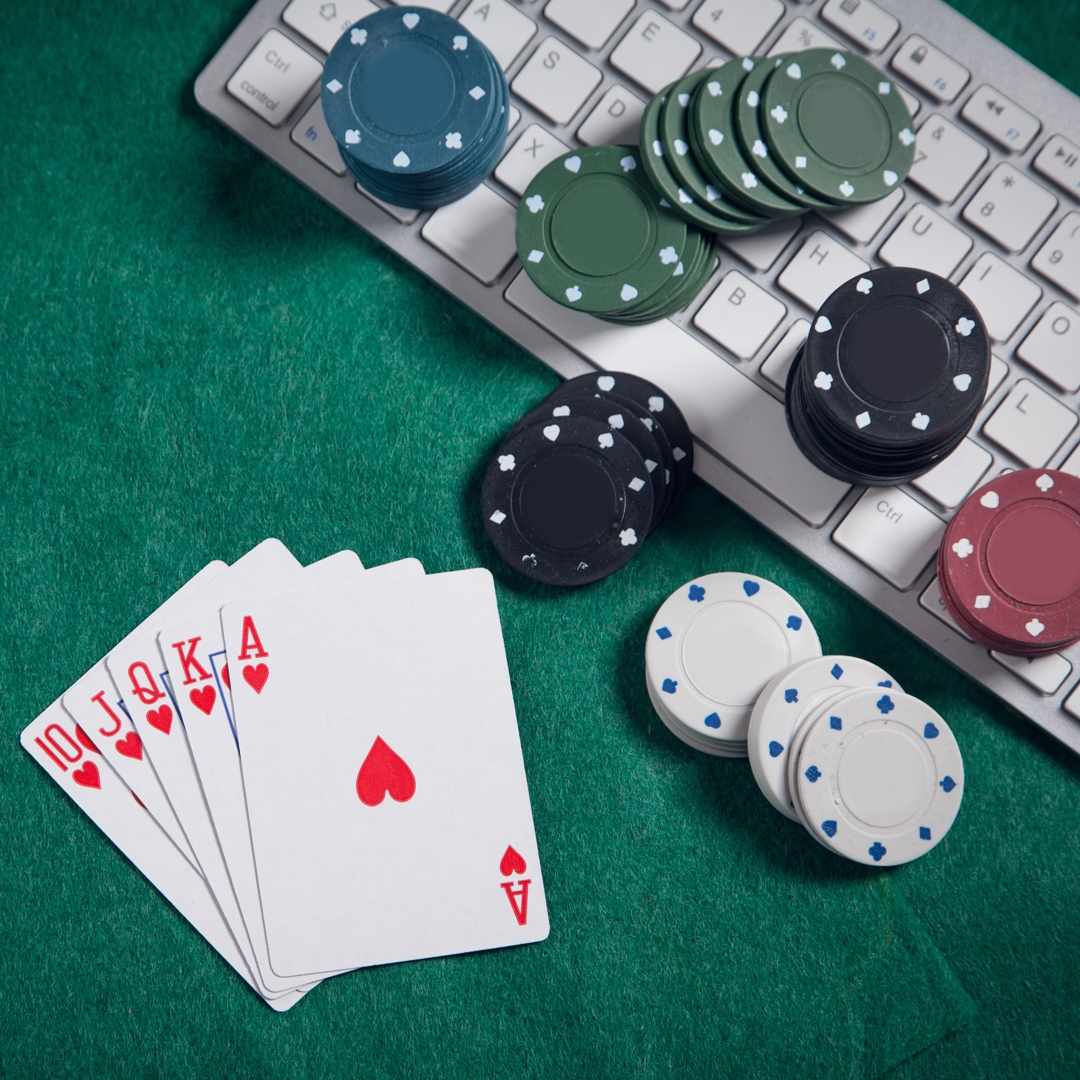
If you’re just learning how to play poker, there are many poker concepts that you’ll need to learn to take your poker game to the next level. One of these is reverse implied odds. In this article, you’ll get a look at everything you need to know about reverse implied odds so that you can be a better online poker player.
What Are Reverse Implied Odds in Poker and Why Are They Important?

Learning how to determine the odds of a casino game is essential, but knowing how to calculate reverse implied odds is another skill altogether. Reverse implied odds are simply the amount of money you might lose on a future street by calling a bet in poker.
It’s a useful tool to have in your toolkit when you have marginal hands, as it can help you avoid bets that are high-risk and have little to no reward. Another way of thinking about it is how much you need to pay to get to the showdown and deciding whether that price is worth it.
However, in order to truly understand what reverse implied odds are, you need to understand another concept: implied odds.
What Are Implied Odds and Why Are They Important?
Implied odds are how much you could stand to win on future streets if you call a bet and are lucky enough to land an out. Implied odds are a useful tool to help you decide how much you could gain and whether you should call a bet or fold.
If you have a chance of winning more money in future streets by calling, you have good implied odds. If you don’t, your implied odds are considered poor, and you should consider folding.
How Do You Calculate Implied Odds?
How do you calculate your implied odds? That depends on who you speak to. Experts all seem to offer different formulas and views on this subject.
For example, some suggest that to figure out your implied odds, you need to know two things: your poker pot odds and your odds of completing a winning hand, also known as draw odds. Your draw odds can be found using a poker odds calculator, or by using a poker ratio odds chart. You then need to apply this formula to calculate your implied odds:
- Draw odds – Pot odds = Implied odds
This all sounds good. It’s a relatively straightforward formula. But there’s also a more complicated formula. The syntax for this formula is as follows:
- (Amount to call) divided by (Opponent’s bet plus pot size plus amount to call again plus what you need to win on the river) = Your hand equity
Yet another complicated solution to calculating implied odds works like this:
- Implied odds = [( 1 / Equity ) * C] – (Pot size after your opponent bets + Call)
Needless to say, there are many different schools of thought on how you should approach calculating implied odds, but you can always return to the core idea of this concept: do my potential gains outweigh my potential risks?
What Are Reverse Implied Odds and Why Do They Matter?
Now that you’ve looked at the concept of implied odds and how you can calculate them, it’s time to take a deeper look at reverse implied odds and how these counterparts to implied odds work.
Reverse implied odds are used to calculate how much you could lose, while implied odds are how much you could gain and are considered a vital tool by many if you have a mid-strength hand. This is because of two situations:
- Even if you make your hand, your hand is still relatively weak and could be beaten by many other stronger hands. For example, imagine you have a potential straight, but it’s all low-value pips, such as a hand with 2, 3, 4, 5, and 6. In theory, this is a straight and can win against some hands, but there are many more hands that could easily send you packing.
- You don’t have enough opportunities to make a stronger hand with your hole cards. Say you have a pair of 2s. It’s an incredibly weak pair, and even if you make three of a kind, it’s still vulnerable to many other stronger hands.
How To Calculate Reverse Implied Odds?
Unlike implied odds, there isn’t a mathematical formula to calculate reverse implied odds. Due to the various factors that could appear, there is a less scientific approach to this aspect of the game.
Ultimately, you shouldn’t let reverse implied odds intimidate you out of calling bets to make draws. They are simply there to make you more aware of the risk of losing money when you call to complete a weak draw. If the pot has many players, you need to be sure your draw is strong enough to stand up to the others who are calling to make their draws.
Calculating the reverse implied odds for your poker game is simply a better way to evaluate whether you think a draw is worth calling for. Like most online casino games, practice makes perfect, and you’ll only improve the more you play.
Play Online Poker at Borgata Online
Whether you’re a competitive or casual poker player, there is a range of options for you to choose from at Borgata Online. From online cash games to virtual sit-and-go tournaments to fully-fledged online poker tournaments, Borgata Online offers something for all poker players.
You can also enjoy other casino games like blackjack, roulette, slots, and virtual sports, as well as real-world online sports betting at the online casino and sportsbook. Register at Borgata Online to enjoy a world of gambling at your fingertips.
